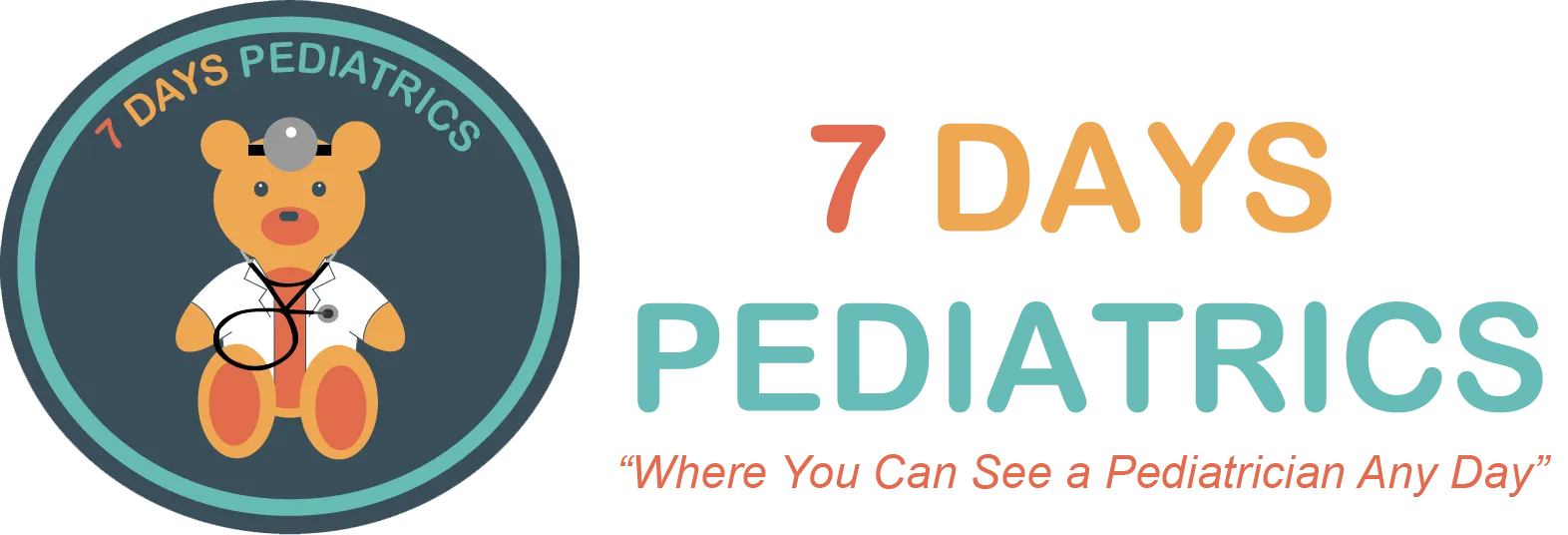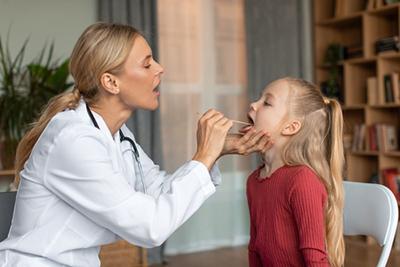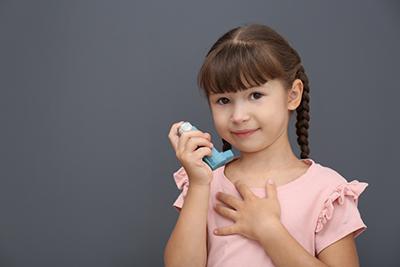How Often Should Your Child See a Pediatrician?
- posted: Dec. 29, 2023
Pediatric Visits When you have your new little bundle of joy, you probably wonder how often your child will need to see our pediatrician. The seven excellent doctors at 7 Days Read More
The Benefits of Same Day Appointments
- posted: Dec. 06, 2023
Viruses, bacteria, and other microbes certainly don’t work around our schedules. Your child could fall ill at any moment, and you may need to take him or her in to Read More
Promoting Healthy Eating Habits in Children
- posted: Feb. 01, 2023
You want your child to be healthy, and one of the cornerstones of good health is nutrition. If your child is a picky eater, likes to eat junk food, or Read More
Managing Asthma in Children: Tips and Techniques
- posted: Jan. 04, 2023
Asthma is a common problem in children, and its effects can be serious. When your child has difficulty breathing, it’s scary for your child and for you. Your pediatrician can Read More
Helping Your Child Live Well With Asthma
- posted: Sep. 02, 2022
Need help controlling your child’s asthma symptoms? Your pediatrician can help. We know that seeing your child cough, wheeze and have trouble taking a full breath can be more than a Read More
Ear Infections in Children
- posted: Apr. 04, 2022
Does an ear infection automatically warrant seeing a pediatrician? Here’s what you should know… Your child is dealing with an ear infection for the first time and just like when they Read More
The Importance Of Well-Child Care Visits
- posted: Mar. 21, 2022
A healthy child begins with the right doctor. A pediatrician can help you and your child make the best and most informed decisions regarding their health. It’s important to have Read More
Peanut Allergies in Children
- posted: Feb. 28, 2022
In the past 15 years, we’ve seen a massive increase in the number of children with peanuts allergies, so it goes without saying that most parents are worried about giving Read More
FAQs About the Pediatric COVID Vaccine
- posted: Feb. 14, 2022
No doubt you’ve been hearing a lot of discussions, particularly on the news, about the Covid-19 vaccine. You’ve also heard that kids five years old and older are now eligible Read More
Know the Signs of Chickenpox
- posted: Jan. 28, 2022
The infamous chickenpox, a virus known to cause itchy blisters all over the body. It most often happens to school-age kids, but unfortunately, if you’ve never had this infection as Read More
When a Fever Requires Medical Attention
- posted: Jan. 13, 2022
A fever is one of the biggest concerns that parents have when it comes to their infant or child. We understand that a fever can sometimes be considered an emergency Read More
Does My Child Have a UTI?
- posted: Jan. 03, 2022
When bacteria enter the bladder or the kidneys this can result in a urinary tract infection. Unfortunately, UTIs are quite common in infants and kids, so it’s important to recognize Read More
Your Infant and Constipation
- posted: Dec. 16, 2021
It’s not typically common for infants to have issues with constipation; however, sometimes it happens. While many babies won’t deal with constipation they may have irregular bowel movements as their Read More
Food Poisoning in Children
- posted: Dec. 06, 2021
Food poisoning isn’t just a problem that impacts adults. It can also affect children, too. While, as a parent, you may be used to dealing with vomiting or diarrhea, food Read More
Know the Warning Signs of Prediabetes
- posted: Nov. 15, 2021
Diabetes is on the rise, and not just in adults. More and more children in the US are being diagnosed with type 2 diabetes. Type 2 diabetes used to be Read More
Does My Child Have a Concussion?
- posted: Nov. 04, 2021
A concussion is a traumatic brain injury that occurs as a result of a blow to the head. Since concussions can be serious, it’s important that you’re able to recognize Read More









